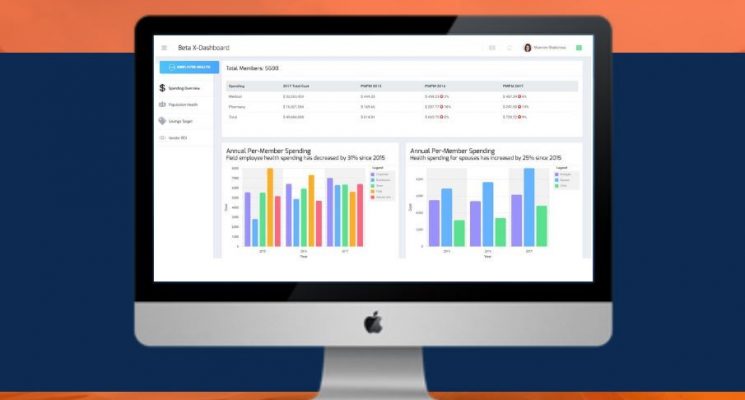The Missing Piece of Corporate Well-being—How We Treat Each Other
Healthcare
What has the greatest impact on employee well-being? Often when we hear the word “well-being” we instantly think of health screenings, nutritional education, fitness challenges, and online health risk assessments. But imagine you have the best-designed wellness program at your company. Would your employees all be at their peak of health and productivity?
Consider my personal story. I worked at a wellness company—it was a lot of fun! Inside the company’s walls you saw daily company-wide walking breaks, ping pong tables in the break room, and a massive gym on-site. The whimsical environment came along with a mission to change people’s lives through improving their health. It wasn’t uncommon to see someone floating from reception to the call center on a skateboard. Your dog is snuggling at your feet below your desk. Sounds like the perfect recipe for a health utopia, right?
Well get this—I gained weight while working at this wellness company. Why? Stress! Along with this fun environment came a lot of stress which was natural at any rapidly-growing startup. The stressful environment wasn’t because the company didn’t offer enough healthy programs and perks. We worked in a metaphorical test-kitchen for corporate wellness program best-practices. But none of this cancelled out the abundance of meetings where our days would be spent sitting in a chair, the long hours fixing issues, and a daily obsession with identifying who was responsible for these issues. There was frequent travel which increased pressure to get even more accomplished while in the office. And let’s not forget the ever-important foundation that how we treat each other in the workplace is essential to creating engaged, happy, high-performing teams. No wellness program can create this—the values exhibited by a company’s culture are strategic, deliberate, and are fostered by people from the top to the bottom of an organization.
Well-being encompasses the whole person—not just a person’s body, but their mind as well. In this sense, a health check on company culture is just as important, and perhaps even more important, than offering programs to ensure physical health. An environment where employees are happy is one where there is respect for people. Emotionally healthy workplaces are marked by trust, kindness, and forgiveness. Hundreds of studies by pioneers of positive organizational psychology including Adam Grant at Wharton, and Jane Dutton and Kim Cameron at the University of Michigan, have found that a positive work culture characterized by humanity improves employee loyalty, engagement, productivity and performance. With three quarters of the U.S. workforce disengaged when they’re at work, how can we expect them to engage in the company’s wellness program?
Even beyond considering an employee’s emotional well-being, stress in the work environment impacts physical health. A large study by Anna Nyberg at the Karolinska Institute found the link between a harsh boss and heart problems in employees. A separate study found that bad bosses significantly increase employees’ risk of heart attack. And after examining 279 different studies, the Journal of Applied Psychology linked an employee’s perception of unfairness at work to physical health. An unfair work environment was linked to mental health issues, sleep disorders, high blood pressure and obesity.
There is an abundance of data that supports the link between a positive work environment and physical health. So how do companies miss this when shaping their wellness strategy? Unfortunately in many cases we mislabel “work environment” as a place instead of a feeling. Creating a positive work environment could be mistaken for building a Zen space, adding a foosball table to your break room or instituting Puppy-Snuggle Fridays. In reality it might mean processing employee feedback, crafting a meaningful company culture, and making developing leaders a core competence. The most important step to improving employee health could be as simple as examining the employee experience. A work environment that fosters well-being gets to the core of workplace culture—how we treat each other.
* * *
– Shannon Shallcross is Co-Founder and CEO of BetaXAnalytics, a healthcare data consulting firm that helps employers to cut their healthcare spending through proven strategies to contain costs.
For more insights on using data to drive healthcare, pharmacy and well-being decisions, follow BetaXAnalytics on Twitter @betaxanalytics, Facebook @bxanalytics and LinkedIn at BetaXAnalytics.




